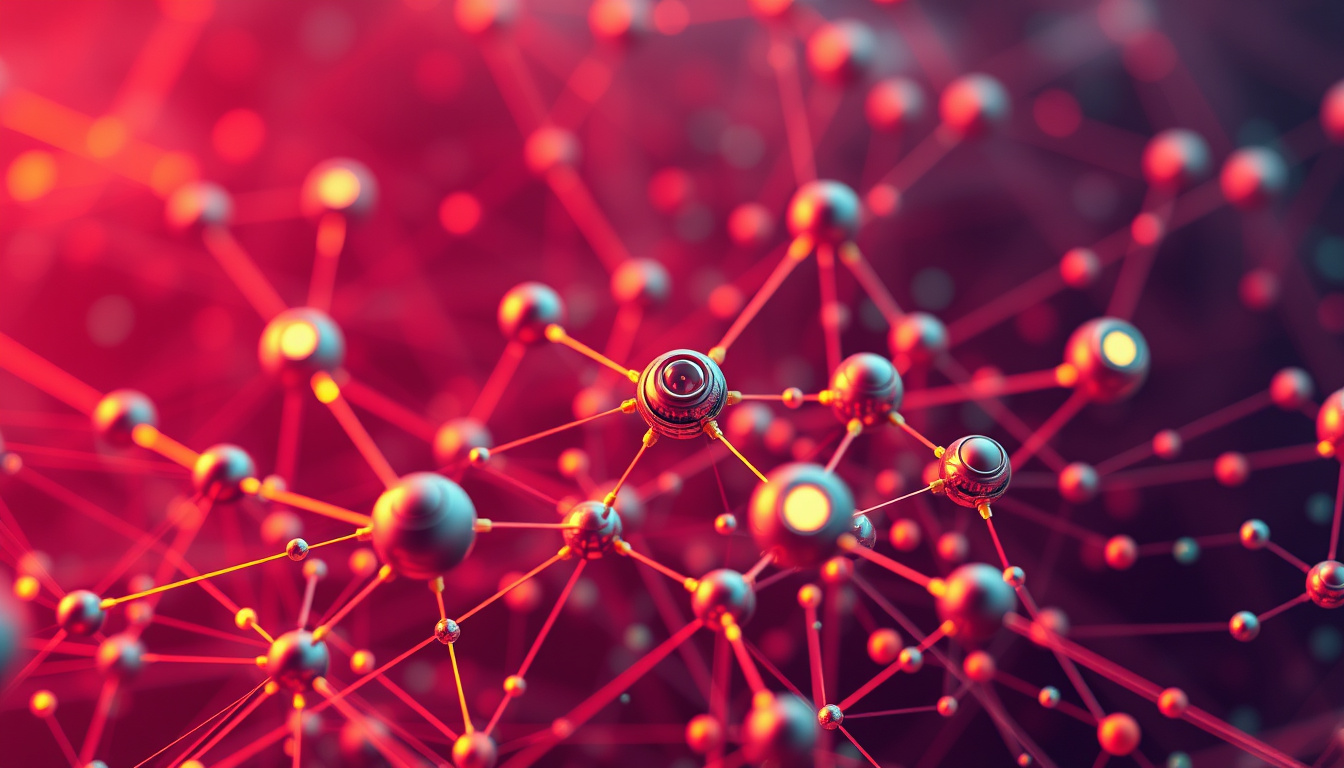In today’s rapidly evolving technological landscape, the term multi-agent systems (MAS) has garnered significant attention across various industries. These systems, composed of multiple interacting agents that work collaboratively or competitively, are revolutionizing how we approach complex problems. From autonomous vehicles to smart grids, understanding the power and applications of multi-agent systems can unlock innovative solutions and drive technological advancement. This article delves into what multi-agent systems are, their core principles, and their diverse applications across sectors.
What Are Multi-Agent Systems?
Multi-agent systems are networks of autonomous, interactive agents—computational entities capable of perceiving their environment, making decisions, and executing actions. Unlike traditional monolithic systems, MAS are characterized by their decentralized nature, where each agent operates independently but collaboratively contributes to a shared goal or task.
Key features of multi-agent systems include:
- Autonomy: Agents operate without direct intervention.
- Social Ability: Agents communicate and negotiate with each other.
- Decentralization: No single agent controls the entire system.
- Reactivity: Agents perceive and react to their environment dynamically.
- Proactivity: Agents can take initiative to achieve objectives.
The power of multi-agent systems lies in their capacity to manage complex, distributed tasks efficiently, often in environments characterized by uncertainty and change.
Core Principles Behind Multi-Agent Systems
Understanding the foundational principles of MAS sheds light on their versatility and robustness:
1. Distributed Problem Solving
MAS enable the division of large, complex problems into smaller, manageable sub-problems handled by individual agents. This distribution enhances scalability and fault tolerance.
2. Interaction and Coordination
Agents communicate through defined protocols to coordinate actions, share information, and negotiate solutions, ensuring cohesive operation.
3. Adaptability and Learning
Many multi-agent systems incorporate learning algorithms, allowing agents to adapt based on environmental feedback or evolving tasks.
4. Autonomy and Decentralization
The agents’ ability to operate independently fosters robustness, as failure in one agent doesn’t incapacitate the entire system.
Sources: For a deep dive into the theoretical foundations of MAS, see the comprehensive overview provided by the Journal of Autonomous Agents and Multi-Agent Systems.
Diverse Applications of Multi-Agent Systems
The real-world impact of multi-agent systems is vast and expanding. Here are some prominent applications:
1. Smart Grids and Energy Management
In the energy sector, MAS are used to optimize power distribution, integrate renewable sources, and balance load demands dynamically. Autonomous agents monitor consumption patterns, negotiate energy prices, and coordinate decentralized energy resources, improving efficiency and reliability (source).
2. Autonomous Vehicles and Traffic Management
Multi-agent systems facilitate the coordination of autonomous vehicles, enabling them to navigate safely, optimize routes, and reduce congestion through real-time communication and decision-making.
3. E-commerce and Supply Chain Optimization
MAS enhance supply chain management by coordinating inventory, logistics, and order processing among distributed stakeholders, reducing costs and improving responsiveness.
4. Healthcare and Medical Diagnostics
In healthcare, multi-agent systems assist in diagnostics, patient monitoring, and personalized treatment planning by aggregating data from various sources and providing coordinated insights.
5. Robotics and Manufacturing
Collaborative robots, or "cobots," utilize multi-agent systems for coordinated assembly, maintenance, and inspection tasks, increasing efficiency and safety on manufacturing floors.
6. Environmental Monitoring
Distributed sensor networks modeled as MAS are deployed for monitoring environmental parameters, such as pollution levels or wildlife movement, enabling real-time data collection and analysis.

Benefits of Multi-Agent Systems
Implementing multi-agent systems offers several notable advantages:
- Scalability: Easily expand by adding more agents.
- Flexibility: Adapt to changing environments and requirements.
- Robustness: Failure of individual agents doesn’t compromise the entire system.
- Parallelism: Multiple tasks are handled simultaneously, speeding up processes.
- Decentralization: Reduces reliance on central control points, preventing bottlenecks.
Practical Tip
When designing a MAS, consider the following development stages:
- Define clear agent roles and interactions.
- Establish communication protocols.
- Implement robust decision-making algorithms.
- Test system scalability and resilience.
Challenges and Future Directions
While the potential of multi-agent systems is immense, several challenges remain:
- Complexity in coordination protocols may lead to unpredictable behaviors.
- Communication overhead can become significant as the number of agents grows.
- Security issues arise when agents operate over untrusted networks.
- Ethical considerations around autonomous decision-making.
Looking ahead, advancements in artificial intelligence and machine learning promise to make MAS more autonomous, intelligent, and adaptable. Researchers are also exploring hybrid systems that combine MAS with other paradigms like cloud computing and IoT to tackle increasingly complex problems.
Frequently Asked Questions
1. What are multi-agent systems in simple terms?
Multi-agent systems are groups of autonomous programs (agents) that work together or compete to solve complex problems, much like a team working collectively towards a goal.
2. How do multi-agent systems improve real-world applications?
They enable distributed problem-solving, improve system robustness, and facilitate real-time decision-making, which improves efficiency in applications like smart grids, autonomous vehicles, and supply chains.
3. Are multi-agent systems secure against cyber threats?
While MAS can be designed with security protocols, their distributed nature exposes them to unique cybersecurity risks. Ongoing research aims to develop more secure protocols for MAS deployments (source).
Why Multi-Agent Systems Are the Future of Complex Problem Solving
In an interconnected world filled with dynamic challenges, multi-agent systems represent a transformative approach to designing resilient, efficient, and adaptable systems. Their ability to coordinate autonomous entities enables breakthroughs in industries such as energy, transportation, healthcare, and beyond. As technology advances and more sophisticated AI algorithms emerge, the applications of multi-agent systems are bound to expand further, paving the way for smarter, more autonomous solutions that can handle the complexities of the modern world.
Ready to harness the power of multi-agent systems? Whether you’re an innovator, researcher, or industry professional, embracing MAS can position you at the forefront of technological evolution. Dive deeper, explore integrations, and start implementing these intelligent systems to transform your domain today!




